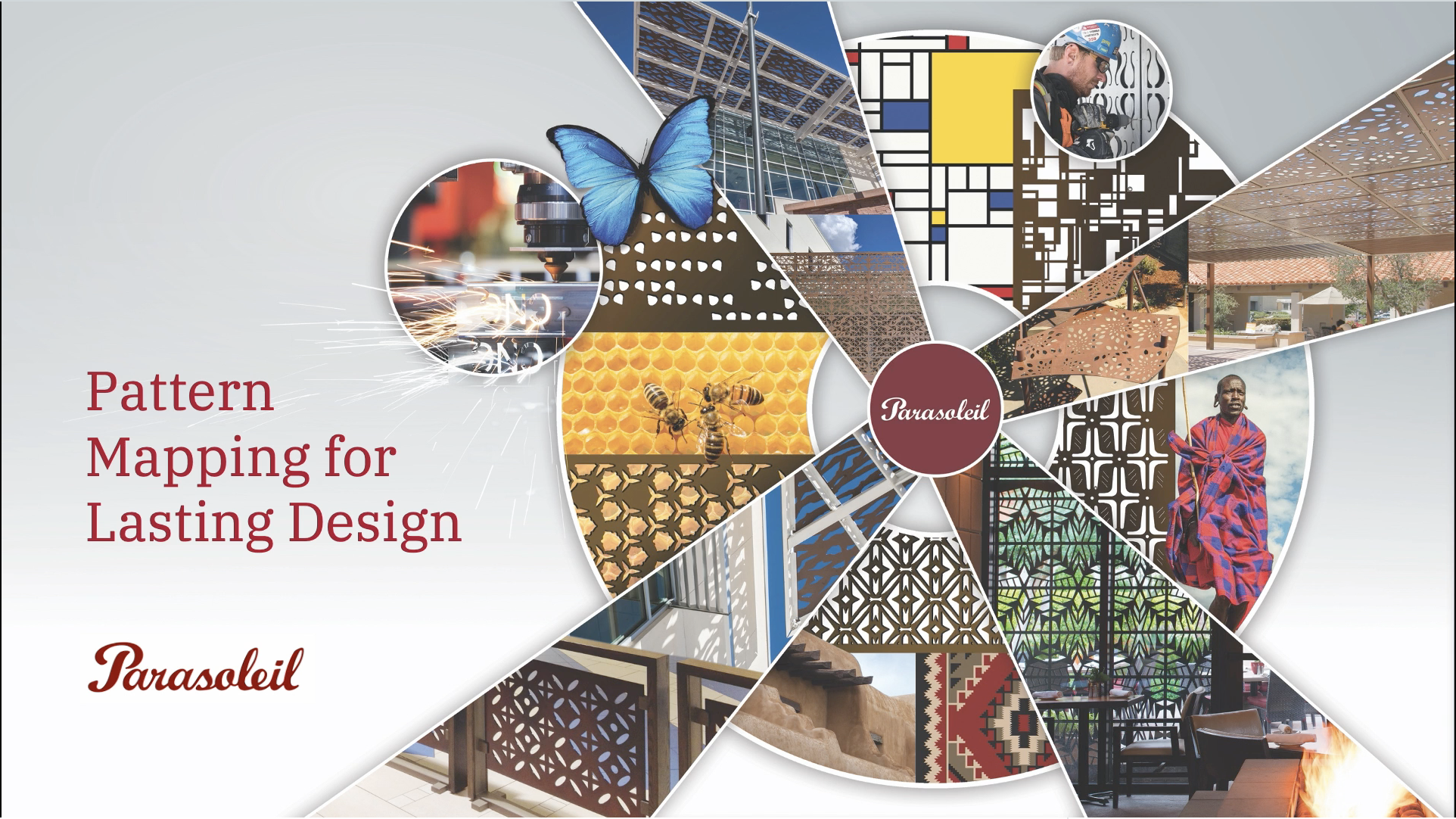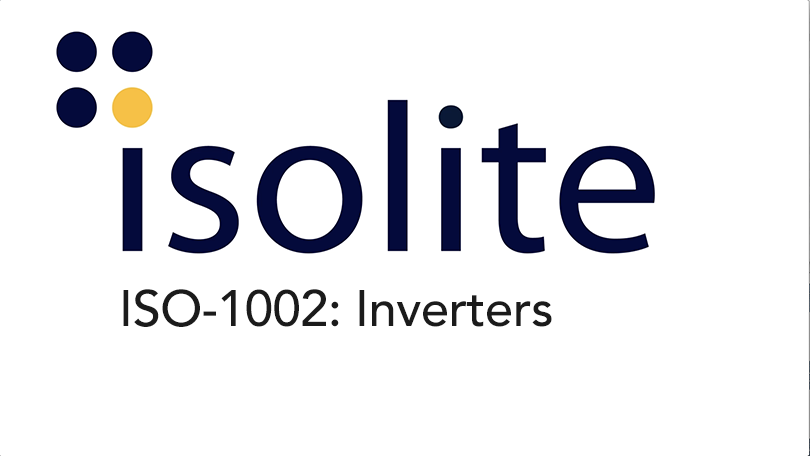Selecting and Specifying a Railing System for your Building Project
This course provides an overview of the important factors - such as building codes, safety of use and fall protection, material selection, secure installation methods, and design - that must be considered when selecting or specifying a railing system for a commercial or residential project.
Learning Objective 1:
The student will learn to recognize the unique benefits of different railing materials with respect to durability and sustainability.
Learning Objective 2:
The student will learn to understand relevant building codes and standards related to the structural integrity and safety of a railing project.
Learning Objective 3:
The student will learn to identify common railing materials and finishes, and compare their performance in order to choose materials that best suit the structural requirements, style, and environment of the project.
Learning Objective 4:
The student will learn to distinguish between a variety of railing fabrication, assembly, and installation methods to ensure a safe and attractive railing design.

















